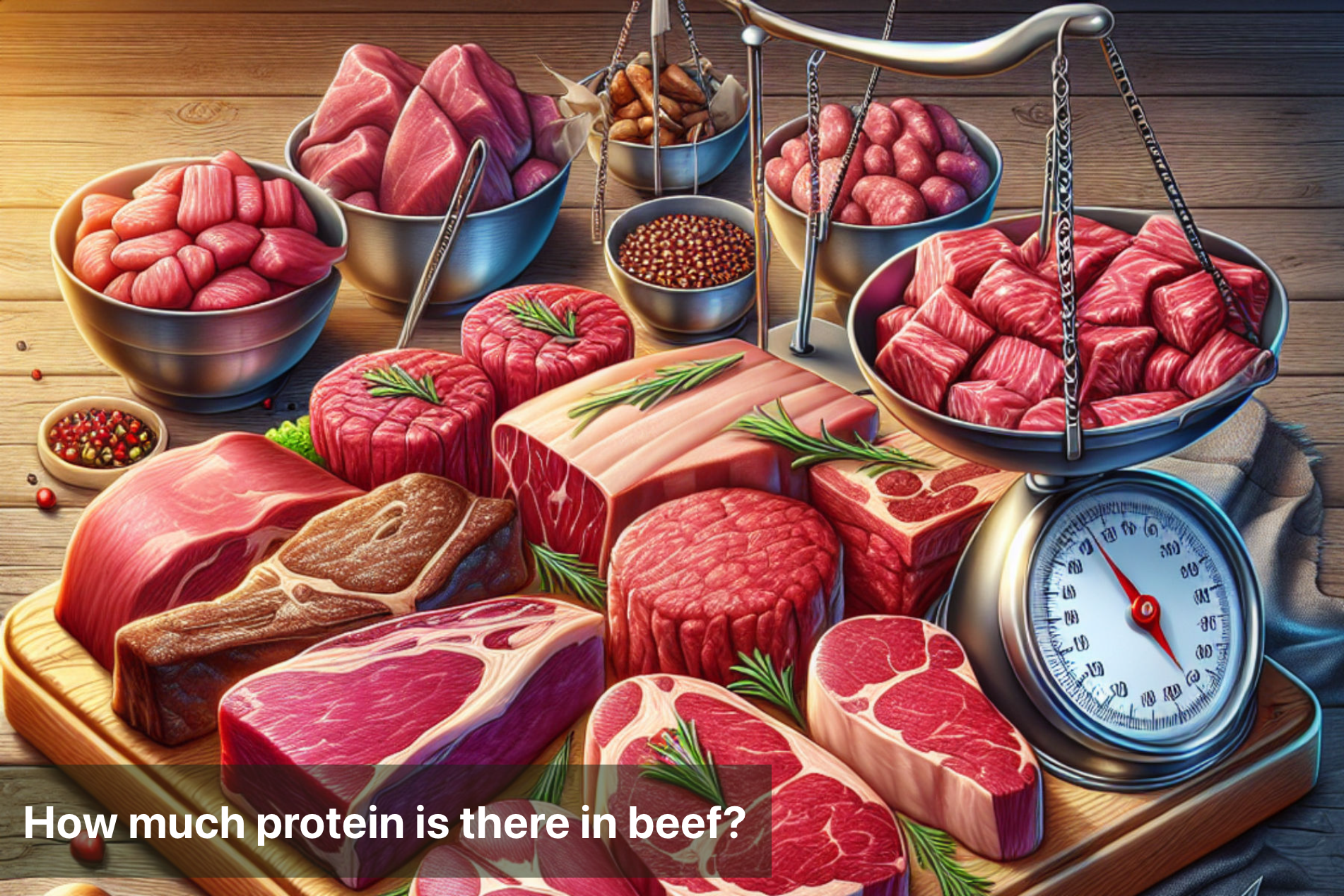
How much protein is there in beef?
When it comes to protein sources, beef stands out due to its rich protein content. Beef is known for being a high-quality protein source that contains all essential amino acids needed by the body.
Consuming beef provides significant amounts of protein, with different cuts offering varying protein content. For instance, lean cuts like sirloin steak are excellent protein sources, providing about 25 grams of protein per 3-ounce serving. On the other hand, ground beef offers slightly lower protein content but still contributes to fulfilling daily protein needs.
Incorporating beef into your diet can help you meet your protein requirements effectively. Whether you prefer ribeye, sirloin, or ground beef, each cut contributes valuable protein to support muscle growth and overall health. By understanding the protein content in beef and its importance in a balanced diet, you can make informed choices to optimize your nutritional intake and well-being.

Nutritional Profile of Beef
3.5-ounce (100-gram) serving of broiled, ground beef contains:
Calories |
217 |
Water |
61% |
Protein |
26.1 grams |
Carbs |
0 grams |
Sugar |
0 grams |
Fiber |
0 grams |
Fat |
11.8 grams |
Protein Content in Different Cuts of Beef
Protein content varies across different cuts of beef, contributing to the nutrient profile of each type.
Sirloin, for example, is known for its slightly lower fat content compared to other cuts. Sirloin steak contains approximately 26 grams of protein per 3-ounce serving.
On the other hand, ribeye, known for its rich flavor and marbling, offers around 23 grams of protein in the same serving size.
Ground beef, a versatile option for various recipes, typically contains about 18-20 grams of protein per 3-ounce serving.
When considering protein intake, these variations in content can help individuals choose cuts that align with their dietary preferences and nutritional needs. For those aiming to boost protein intake without excess fat, leaner cuts like sirloin may be a suitable choice. However, individuals looking for a balance between flavor and protein content might opt for ribeye. Ground beef, often used in dishes like burgers and meatballs, offers a good protein foundation for diverse meals.
Understanding the protein content in different beef cuts empowers individuals to make informed choices based on their nutritional goals and taste preferences. By incorporating a variety of beef cuts into one's diet, one can enjoy a flavorful protein source while meeting their dietary needs.
Comparing Protein Content in Beef to Other Protein Sources
When it comes to protein content, beef is a staple in many diets. Wondering how it stacks up against other popular protein sources like chicken, fish, and tofu? Let's delve into the numbers.
Beef is renowned for its high protein content, with approximately 25 grams of protein per 3-ounce serving. This makes it a solid choice for meeting your daily protein requirements.
Chicken, often considered a lean protein, contains slightly less protein than beef, with around 21 grams per 3-ounce serving. It is a versatile option that can be prepared in various ways.
Fish, such as salmon or tuna, also boasts impressive protein content, providing about 22 grams of protein per 3-ounce serving. Additionally, fish is rich in essential omega-3 fatty acids.
Tofu, a plant-based protein source popular among vegetarians and vegans, offers around 8 grams of protein per 3-ounce serving. It is a valuable option for individuals following a plant-based diet.
While beef stands out for its protein content, other protein sources like chicken, fish, and tofu offer viable alternatives to diversify your protein intake and meet your nutritional needs effectively.
Factors Affecting Protein Content in Beef
When it comes to understanding the protein content in beef, it's essential to consider various factors that play a significant role in determining the nutritional value of this meat.
One crucial factor that influences the protein content in beef is the animal's diet. Cattle that are pasture-raised and grass-fed tend to have higher protein content in their meat compared to those fed a diet of grains or processed feed. This difference in diet directly impacts the quality and quantity of protein present in beef.
Another factor that affects the protein content in beef is the breed of the cattle. Different cattle breeds have varying levels of protein in their muscle tissues, which can ultimately influence the overall protein content in beef products. For instance, certain breeds are genetically predisposed to have higher muscle mass and protein content, making them a favorable choice for individuals seeking protein-rich meat options.
Understanding these factors can help consumers make informed decisions about how much protein they are getting from beef based on the animal's diet and breed. By being aware of these influences, individuals can choose beef products that align with their dietary preferences and nutritional needs.

Beef Protein: How Much Protein per Serving?
After exploring the protein content in beef, it is evident that beef serves as a significant and beneficial protein source in one's diet. Beef provides a substantial amount of protein, contributing to the overall protein intake essential for various bodily functions. Comparing beef to other protein sources such as chicken, fish, and tofu underscored the rich protein content beef offers, making it a competitive choice.
Factors influencing protein content in beef, including the animal's diet and breed, were also discussed. These factors can impact the final protein content in beef, emphasizing the importance of quality considerations in beef production. Incorporating beef into one's diet can significantly enhance protein intake, supporting muscle growth, repair, and overall health. With its nutrient-rich profile and high protein content, beef stands as a valuable protein source worth including in a balanced diet for optimal nutrition and well-being.
This Blog post is an initiative by Lo! Foods, to provide accurate and Nutritionist / Doctor approved information related to Health. Lo! Foods is India's leading brand for Everyday Functional Foods. Foods designed for specific Health conditions or Needs. Lo! Foods also runs India's largest range of Low Carb Healthy Cloud Kitchens, under the brand names of Lo!, ProteinChef, ATH (All Things Healthy) and DiabeSmart.



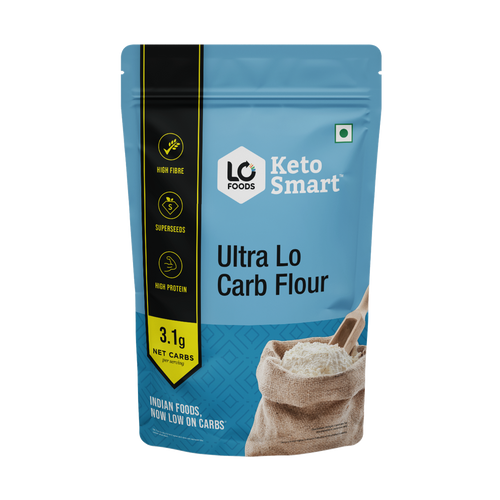
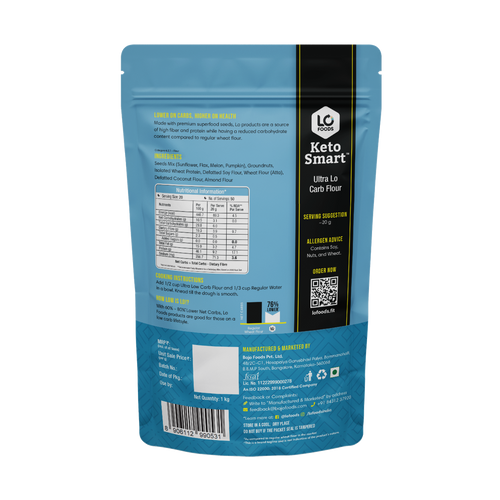

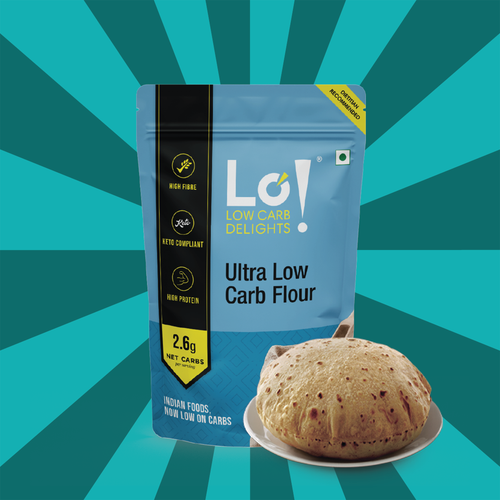


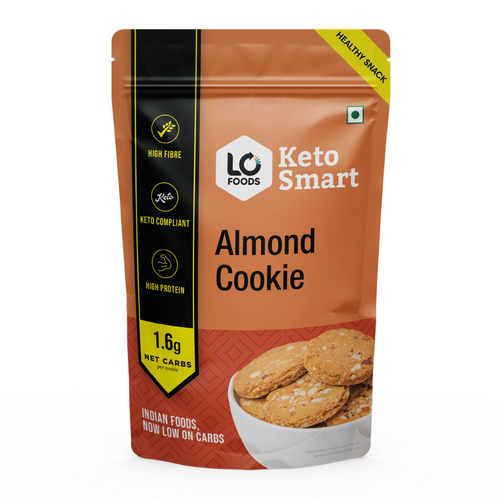





Leave a comment
Your email address will not be published.